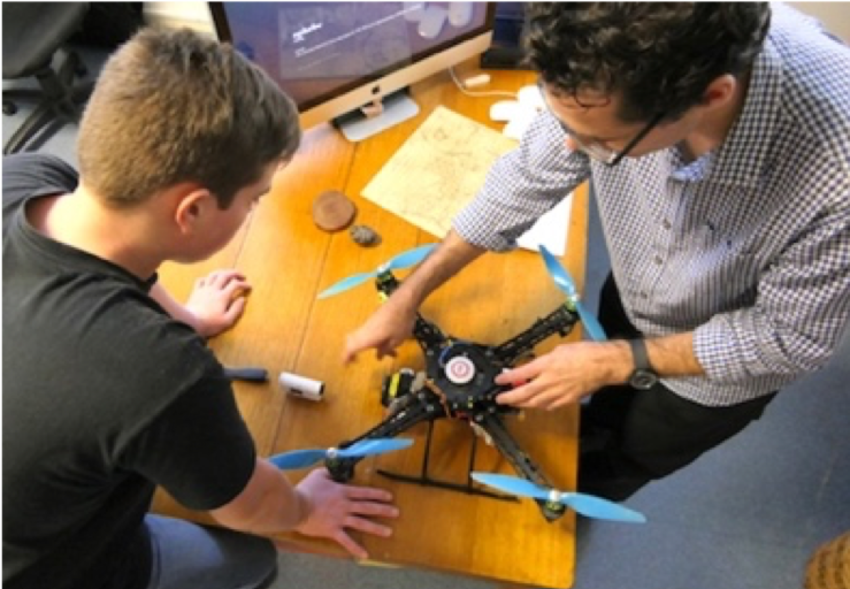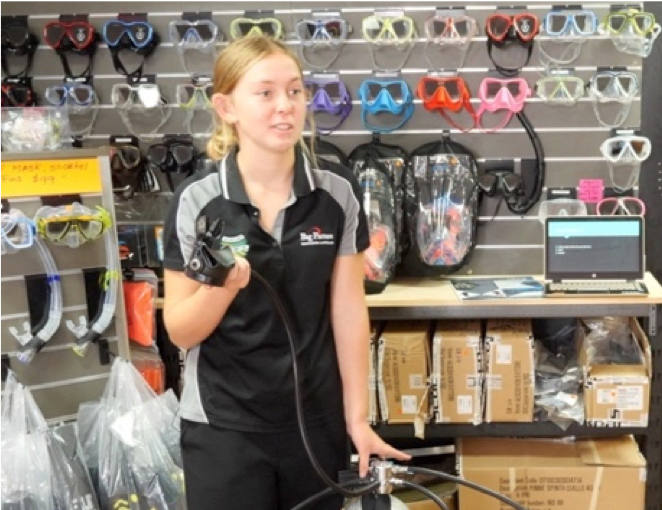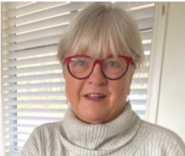
Big Picture’s response to the Report into the Review of Senior Secondary Pathways.
The old system of education that we persist with seriously limits the potential of modern students.
Viv White AM, CEO Big Picture Education Australia
Today’s young people need choice, agency, relevance to their world and perhaps most of all, positive relationships to propel them forward.
The current narrow focus of the ATAR, and the reduction of a young person to a single numerical score really limits their potential.
It’s not just the ATAR and final year certification that needs to change, but the things we choose to value and measure in our school leavers.
And that means not just changing assessment, but more importantly, a wholesale change of the way that we structure schooling.
While there are many positives in the Shergold Report into secondary pathways ‘Looking to the Future’ https://www.pathwaysreview.edu.au/ that are about valuing the whole child rather than reducing them to the single numerical score of the ATAR, it saddens me that the focus is very firmly on work-readiness and the needs of the economy, rather than on first looking at the needs of students.
Big Picture re-invigorates students with learning by letting them lead with their passions and interests. Every student’s learning is deeply personalised.
![]() We have young people interested in marine ecology, robot memory, realist painting, drone-delivery technology, midwifery, broadcasting, dance, sustainable living, making things with their hands. Traditionally these are things that do not get easily measured.
We have young people interested in marine ecology, robot memory, realist painting, drone-delivery technology, midwifery, broadcasting, dance, sustainable living, making things with their hands. Traditionally these are things that do not get easily measured.
That’s why Big Picture is already working with the University of Melbourne’s Assessment Research Centre to design a credible and warranted Learner Profile that provides a rich digital portrait of graduates around their achievements in 6 micro credentials, backed up by evidence of their work that students curate in a Graduate Portfolio.
They are assessed around their capacity to reason, inquire, hypothesise, quantify, communicate, relate, share, create, make and evaluate.
For a long time the ATAR has been used to sort and sift and rank young people.
But the trouble with this, as many universities are telling me, is that the candidates that the ATAR is delivering to university courses are not necessarily a good fit.
They have not necessarily had the opportunity to explore and test their interest in a field of study, or in some cases they lack attributes needed to succeed because their school experience has been too narrowly focussed on academic scores and not enough on some of the ‘soft skills’ or capabilities around inquiry skills, independent learning, building networks and interpersonal skills.
Five years ago when Big Picture first approached universities to explore whether they were interested in doing university entry differently I thought it was going to be a long drawn out process, but in fact they were ready. They too knew that the ATAR had worn out its usefulness.
 The Shergold Report is right to point to the urgency of integrating more work experiences and post-school planning for students. But this can’t be a tack-on.
The Shergold Report is right to point to the urgency of integrating more work experiences and post-school planning for students. But this can’t be a tack-on.
In a Big Picture campus, all students go outside school 1-2 days every week of the year to pursue internships, do external courses, or work with in their community. This gives them access to the latest thinking and technology, to mentors, and helps them work out what post school pathway is most going to suit them.
And best of all, the students are the ones who choose, locate and negotiate these experiences, with support from their teachers. They are getting their career guidance out in the field.
The Shergold report notes that ‘Substantive change is needed, but there is no easy solution…’
I beg to differ. The Big Picture design for school and learning has been implemented for over 12 years in over 40 sites around Australia. We have completely reconsidered the grammar of schooling from Curriculum, Pedagogy, Assessment, Post-School Pathways and now Final Year Certification.
We do small class sizes, learning through student interest, real-world learning, family involvement, planning for post-school life, partnerships with universities and industry, portfolio-based entry to employment and further study.
The Report also mentions that ‘much that is creative still sits at the periphery, and that innovation needs to be embedded systemically.’
Big Picture is one such creative organisation. And yes, we are on the periphery, but importantly, we have always worked with the public system.
So now we are ready to be brought into the centre, to influence others and to make a difference in the lives of all young people in the system’s secondary schools.

